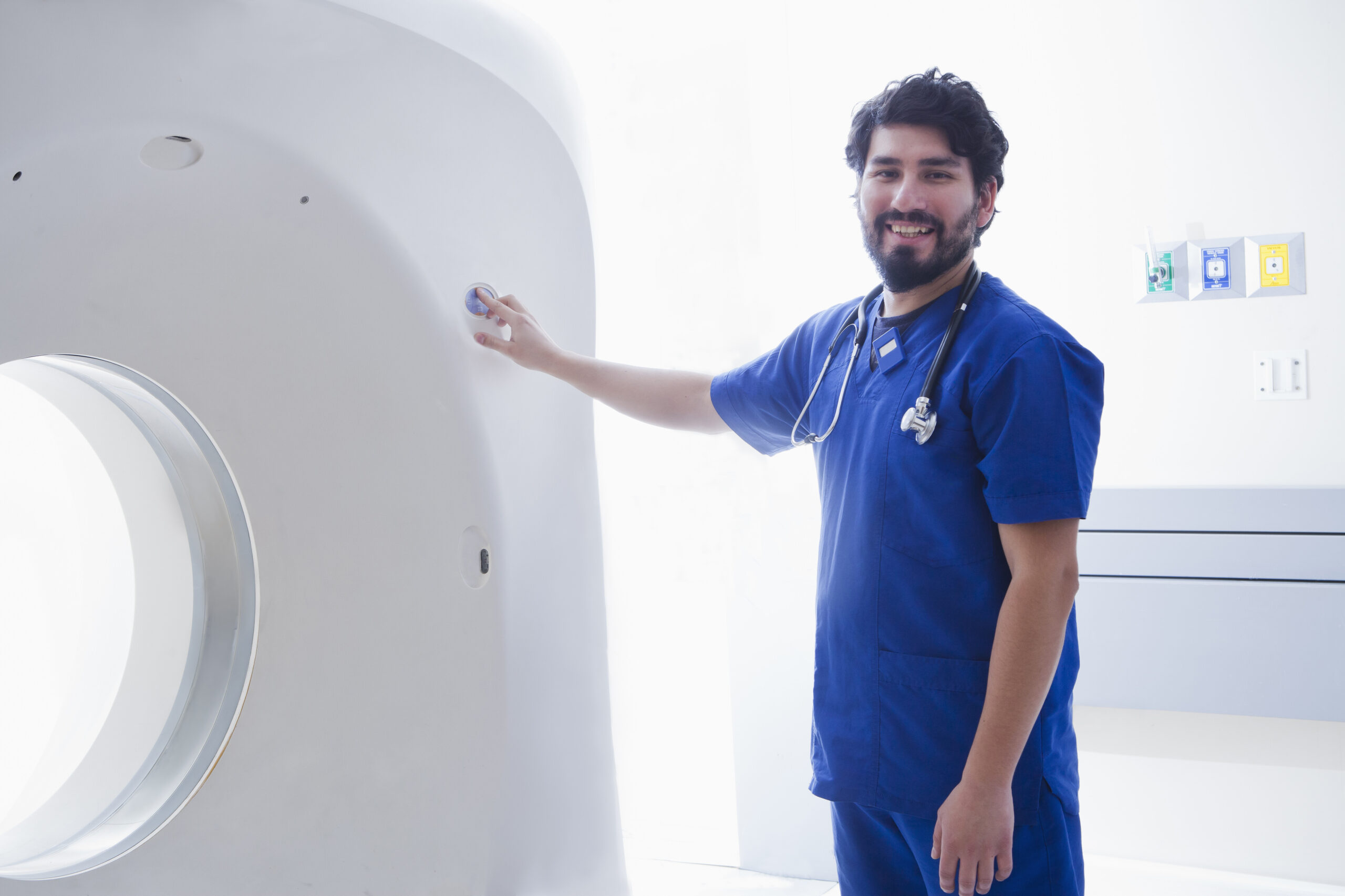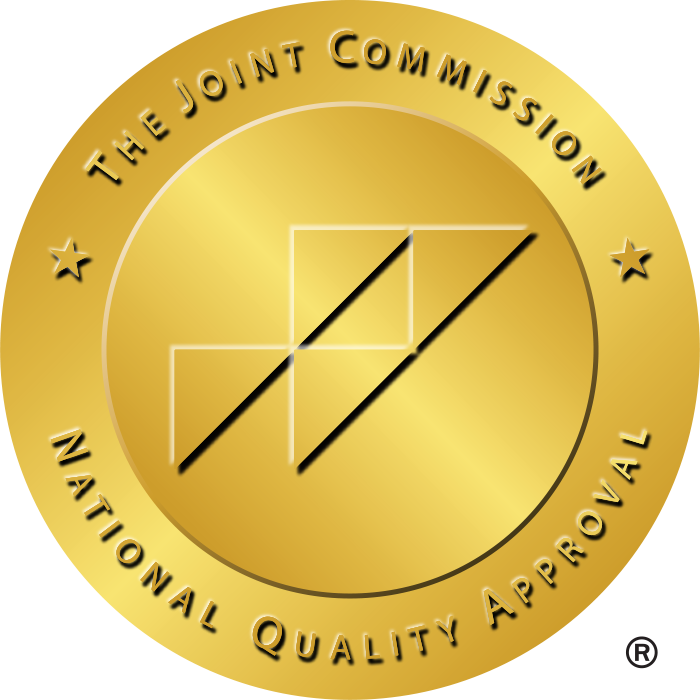The healthcare industry is constantly changing, and therefore, healthcare professionals must pursue lifelong learning to stay ahead. Whether you are a nurse, physician, or healthcare leader, continuing to read increases your knowledge—leading to improved patient care, leadership development, and resilience in a tough field.
This blog explores ten foundational books on patient care, medical ethics, leadership, and industry changes. These books will provide relevant content, practical advice, and motivation to navigate the complexities of the healthcare industry. The following are 10 books every healthcare professional should have on their shelf.
1. Being Mortal: Medicine and What Matters in the End — Atul Gawande
Category: Patient Care, End-of-Life Decisions
Source:
Dr. Atul Gawande, a surgeon and public health researcher, examines the limitations of modern medicine concerning aging and death. He does so by recounting real-life accounts of patients and claims that our typical model of care at the end of life is flawed. He also advocates a patient-centered model that takes into account patients’ dignity and quality of life.
Reason to Read It: This book provides key insights into the concept of patient care with compassion, and addressing the wishes of the patient, even when the wishes go beyond addressing medical treatment.
2. The Checklist Manifesto: How To Get Things Right — Atul Gawande
Category: Patient Safety, Efficiency
Source:
Errors in healthcare can potentially be fatal. Gawande illustrates that simple checklists can significantly enhance patient safety, diminish medical errors, and improve hospital workflows.
Reason to Read It: A must-read for every medical professional seeking a way to increase efficiency and decrease errors in high-pressure situations.
3. When Breath Becomes Air — Paul Kalanithi
Category: Resilience, Mortality, Perspective
Source:
In this touching memoir, neurosurgeon Dr. Paul Kalanithi provides an intimate account of living, dying, and how it feels to be a physician and also a patient. When diagnosed with terminal cancer, Kalanithi reflects on the nature of medicine, as well as the nature of human life.
Reason to Read It: This book is an emotional and philosophical journey through human resilience and meaning in one’s work within a healthcare setting.
4. How Doctors Think — Jerome Groopman
Category: Medical Decision-Making, Critical Thinking
Source:
In this book, Dr. Groopman discusses how physicians come to an assessment, why they sometimes make errors, and how we can enhance physicians’ clinical decision-making. He highlights cognitive biases that can influence clinical reasoning, and patients can act as agents in their own care.
Reason to Read It: Provides you with an avenue for physicians to strengthen clinical reasoning and accuracy of diagnosis.
5. The Healing of America: A Global Quest for Better, Cheaper, and Fairer Healthcare — T.R. Reid
Category: Healthcare Systems, Policy
Source:
This book studies health systems around the world and shares what works and what doesn’t. Reid points out how various countries implement universal health care, manage costs, and achieve health outcomes for patients.
Reason to Read It: It is a valuable resource for healthcare professionals and political leaders looking to improve the delivery of healthcare systems.
6. Strengths-Based Leadership — Tom Rath & Barry Conchie
Category: Leadership, Team Management
Source:
This book is based on detailed Gallup Research, and it recounts how great leaders play to their strengths and build great teams as a result. It also provides tips for finding leadership talent and creating an environment for everyone to shine.
Reason to Read It: This book is for healthcare leaders who want to create highly functioning and strong teams.
7. The Immortal Life of Henrietta Lacks — Rebecca Skloot
Category: Medical Ethics, Research
Source:
The Immortal Life of Henrietta Lacks is a captivating book. It recounts the true story of Henrietta Lacks, the woman whose cancer cells were taken without her knowledge. Her cells were used to develop a breakthrough in medicines. It prompts important conversations related to medical ethics, patient rights, and scientific discovery.
Reason to Read It: A powerful investigation into the complexities related to ethics in medicine and research.
8. Mindfulness for Healthcare Professionals — Jan Chozen Bays
Category: Stress Management, Mental Health
Source:
The book presents mindfulness strategies for healthcare workers as a means of stress relief, burnout prevention, and improvement of patient interactions.
Reason to Read It: A great choice for attention to nurses, doctors, and caregivers seeking to remain emotionally resilient and mentally lucid.
9. The Digital Doctor: Hope, Hype, and Harm at the Dawn of Medicine’s Computer Age — Robert Wachter
Category: Healthcare Technology, Digital Transformation
Source:
Wachter investigates how technology is changing healthcare. From electronic medical records to artificial intelligence. He considers the benefits and hazards associated with the digital transformation of healthcare.
Reason to Read It: A critical read for healthcare professionals working to adapt to a technology-based industry.
10. Compassionomics: The Revolutionary Scientific Evidence That Caring Makes a Difference — Stephen Trzeciak & Anthony Mazzarelli
Category: Patient Care, Emotional Intelligence
Source:
The author has compiled research findings that highlight how compassion manifests itself in healthcare—resulting in better clinical outcomes, reduced healthcare costs, and greater professional well-being for those in the medical profession.
Reason to Read It: Provides a valuable perspective on the importance of human empathy in the medical practice, and the mutual benefit it provides for patients and staff.
Final Thoughts
Continuous learning is important for healthcare professionals to ensure the optimal care of patients, be aware of changes within the field, and foster leadership and resilience. The ten texts presented above provide worthwhile knowledge regarding medical ethics, decision making, mental health, and the trajectory of healthcare. Whether you are a physician, nurse, or administrator in healthcare, be assured that allocating the time to read these texts will enhance your knowledge base, provide personal stimulation, and prepare you to deal with the challenges of contemporary medicine.
Which of these books have you read? Do you have any recommendations to add to this list? Let us know in the comments!







